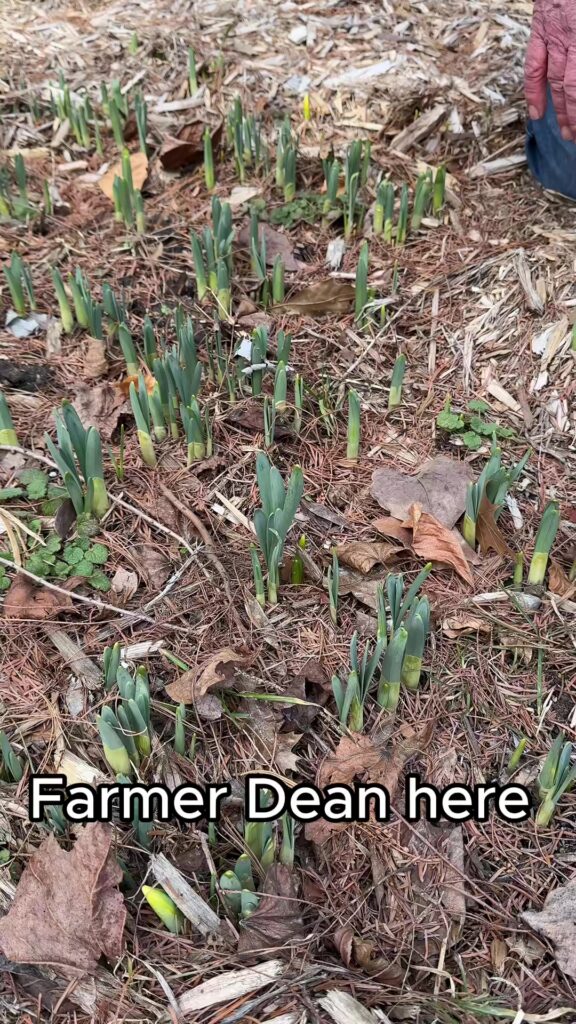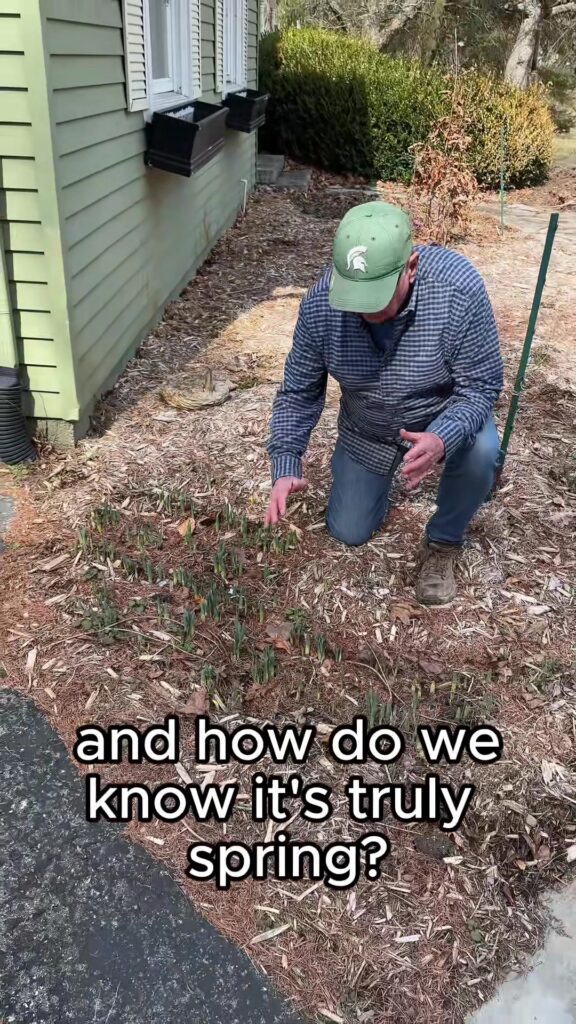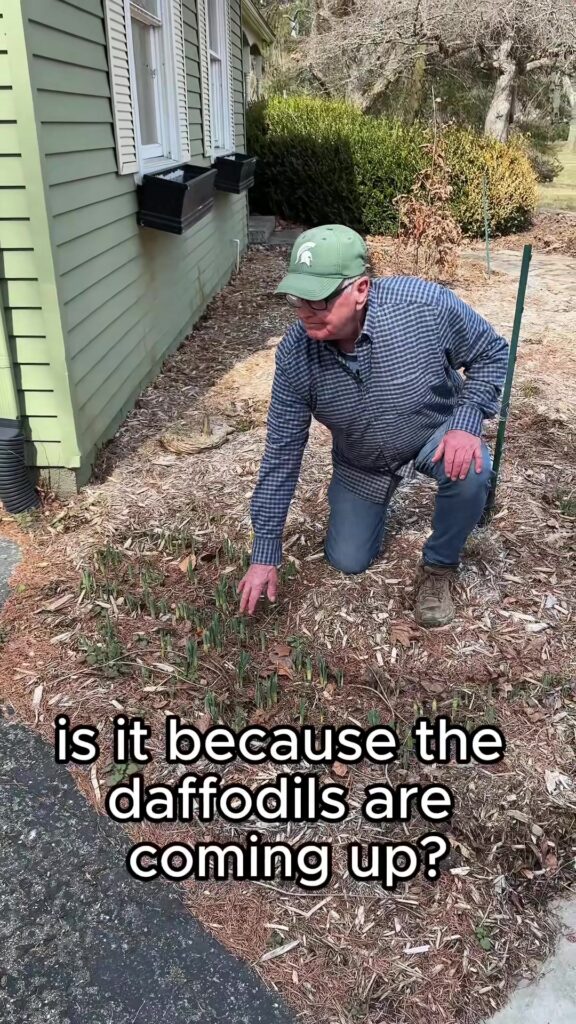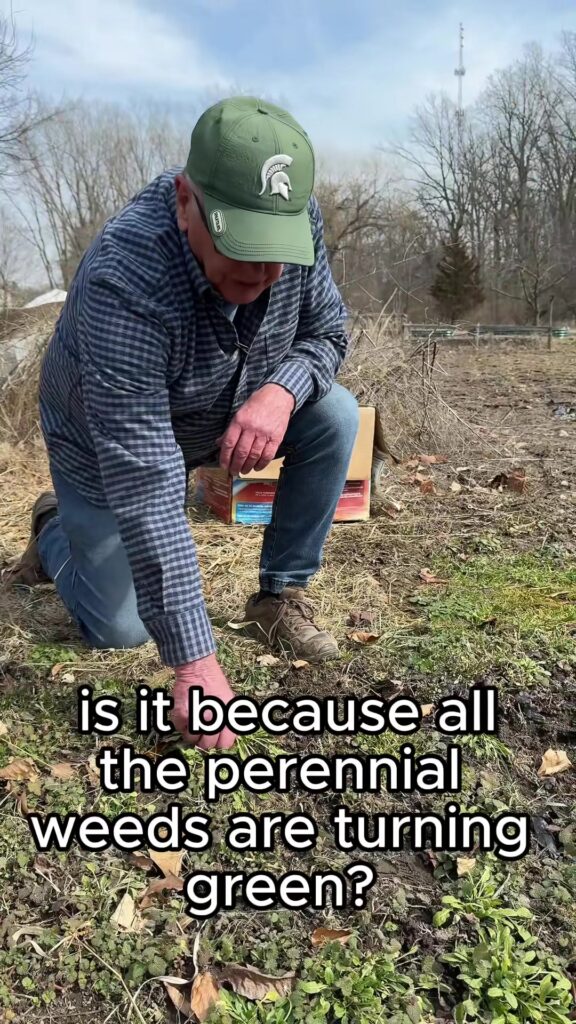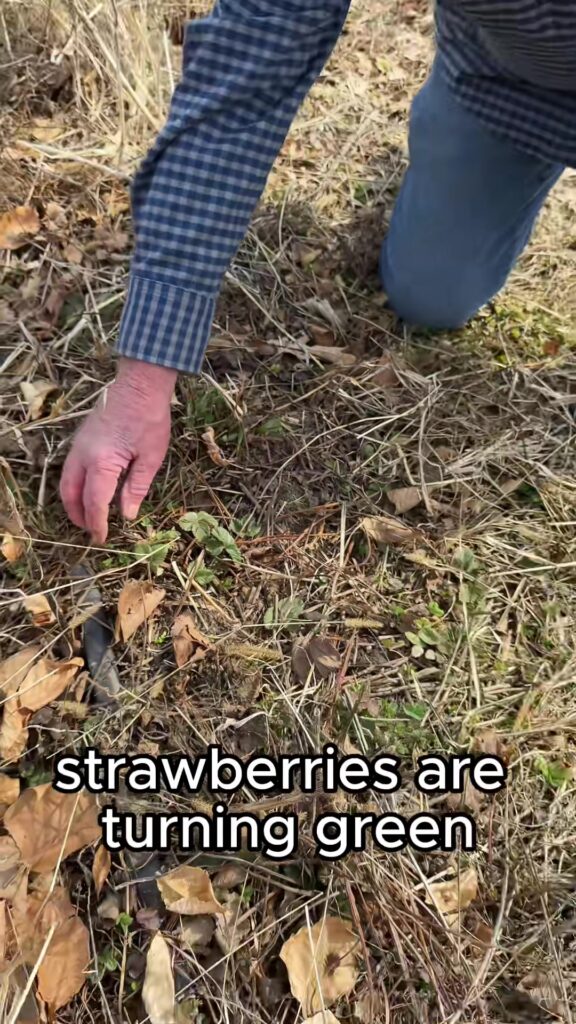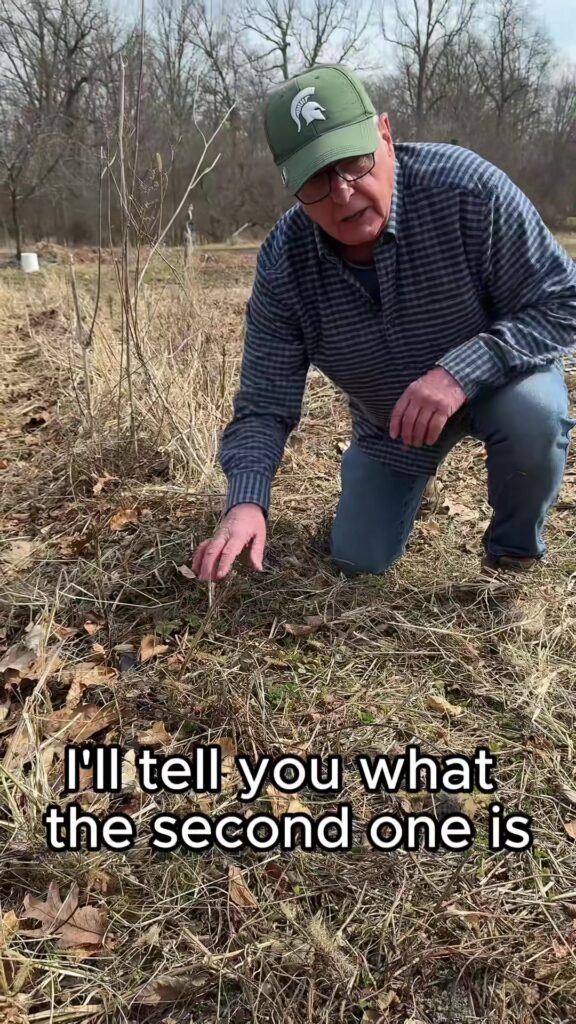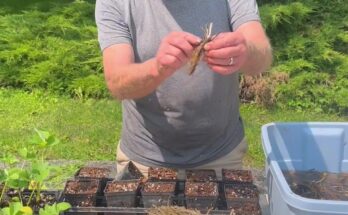
Spring Gardening
As winter melts away and the days grow longer, gardeners everywhere start to feel that familiar itch—spring is here, and it’s time to dig in. Spring gardening is more than just planting seeds; it’s about shaking off the cold, waking up the soil, and getting your hands dirty with hope and anticipation. Whether you’re a seasoned grower or a curious beginner, spring is the perfect time to set the tone for a fruitful gardening season.
Here are some essential tips and inspiring ideas to help you make the most of your spring gardening efforts.
1. Prep Your Garden Beds
Before you plant anything, it’s crucial to prepare your garden beds. Start by clearing away any debris, dead plant material, or weeds left over from winter. This not only makes space for new growth but also helps reduce the chance of pests or diseases overwintering in your garden.
Once your space is cleared, loosen the soil using a garden fork or tiller, being mindful not to disturb any beneficial worms or insects. Mix in compost or well-rotted manure to replenish nutrients lost over the winter months. A good, crumbly soil texture means your plants’ roots will have room to spread out and grow strong.
2. Choose What to Plant
Spring is the time to get a head start on many garden favorites. Some vegetables and herbs thrive in cooler temperatures and can be planted early:
- Leafy greens like lettuce, spinach, and kale
- Root crops such as carrots, radishes, and beets
- Peas and onions, which don’t mind chilly soil
As the weather warms, you can start adding heat-loving crops like tomatoes, peppers, cucumbers, and squash. Make sure your last frost date has passed or use row covers and cloches to protect tender seedlings.
Spring is also an ideal time for planting perennial herbs, berry bushes, and hardy annual flowers like pansies, snapdragons, and calendula.
3. Plan for Pollinators
Healthy gardens attract bees, butterflies, and other helpful pollinators. To invite them in, consider planting nectar-rich flowers among your veggies. Options like lavender, borage, and cosmos add beauty and function to your space. Avoid using chemical pesticides, as they can harm these beneficial visitors.
4. Start a Compost System
Spring is the perfect time to begin composting if you haven’t already. Compost enriches your soil, retains moisture, and reduces the need for chemical fertilizers. Toss in kitchen scraps like vegetable peels and coffee grounds, along with garden waste such as grass clippings and leaves.
Layer your compost pile with green (nitrogen-rich) and brown (carbon-rich) materials, and turn it regularly to speed up decomposition. You’ll have “black gold” ready to feed your summer garden.
5. Stay on Top of Maintenance
As your garden begins to bloom, so does the list of to-dos. Stay ahead of weeding while the soil is soft and weeds are easy to pull. Monitor soil moisture and adjust watering based on rainfall and plant needs. Mulching can help retain moisture, suppress weeds, and regulate soil temperature.
Keep an eye out for pests like slugs, aphids, and cutworms. Early detection means easier management, so make it a habit to walk through your garden regularly.
Final Thoughts
Spring gardening is all about beginnings. With a bit of planning and attention, you can turn a patch of dirt into a flourishing space full of food, color, and joy. There’s nothing quite like the satisfaction of watching tiny seeds grow into thriving plants that nourish your body and spirit.
So grab your gloves, sharpen your tools, and breathe in that earthy scent of spring soil—it’s gardening season, and the best is yet to come!
